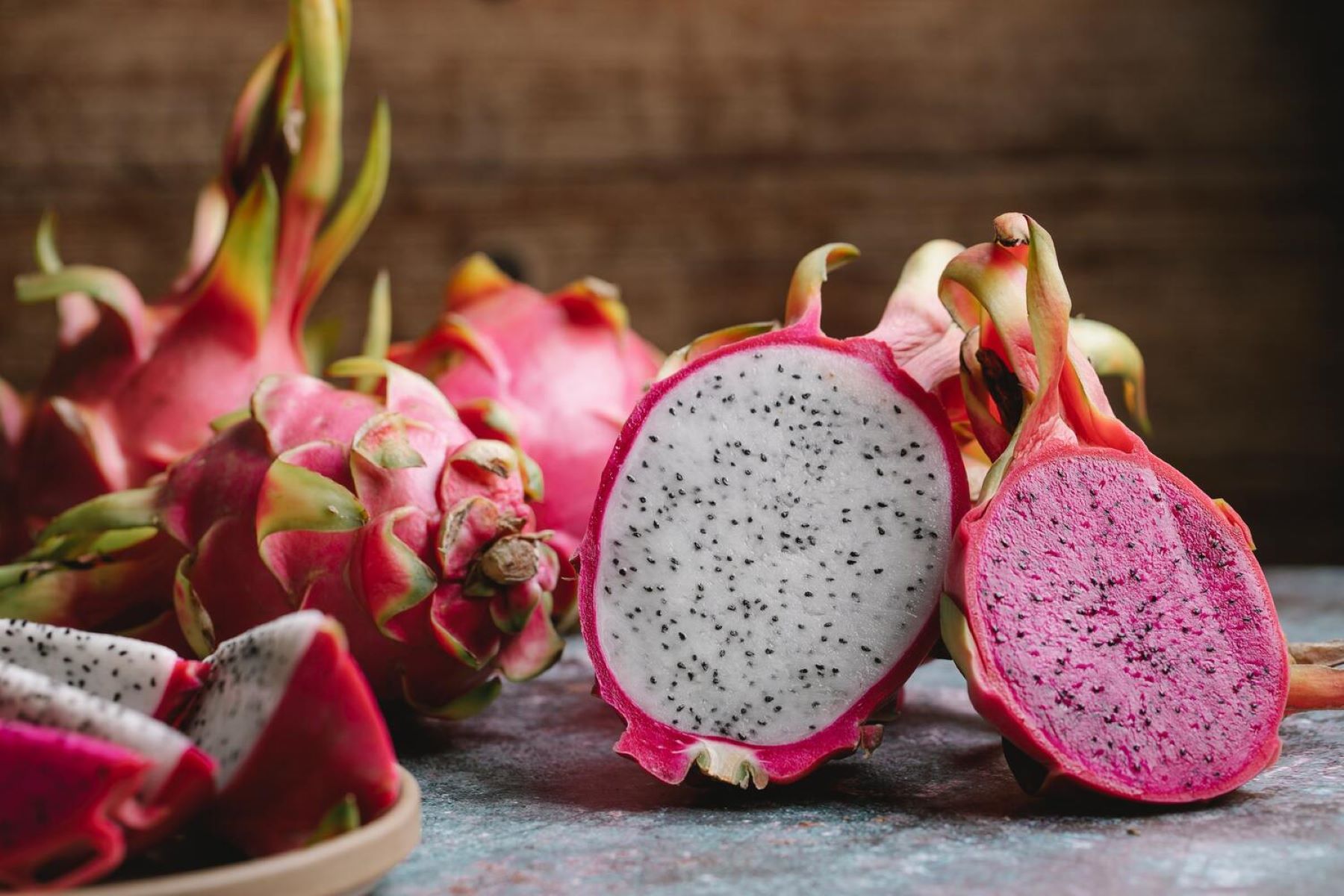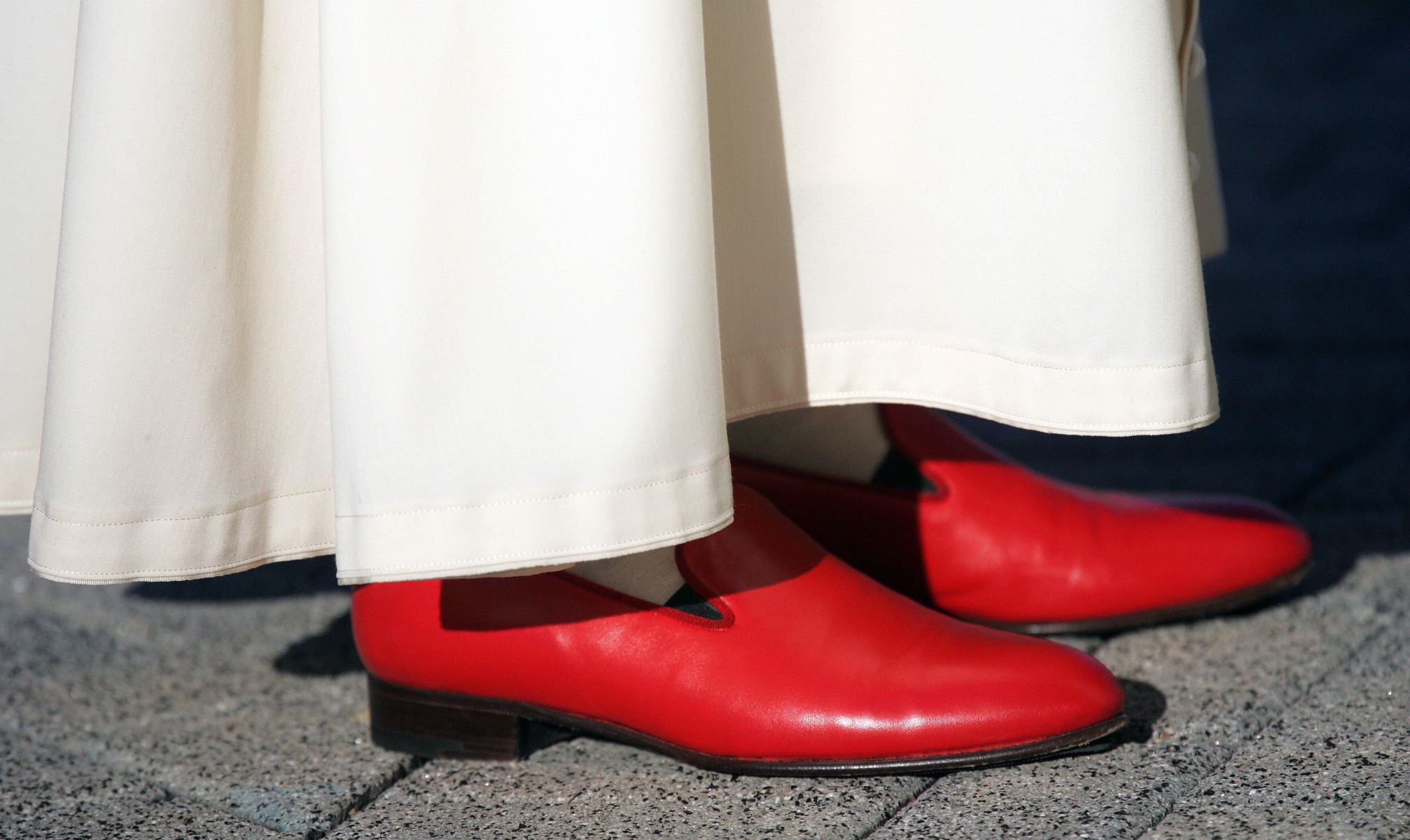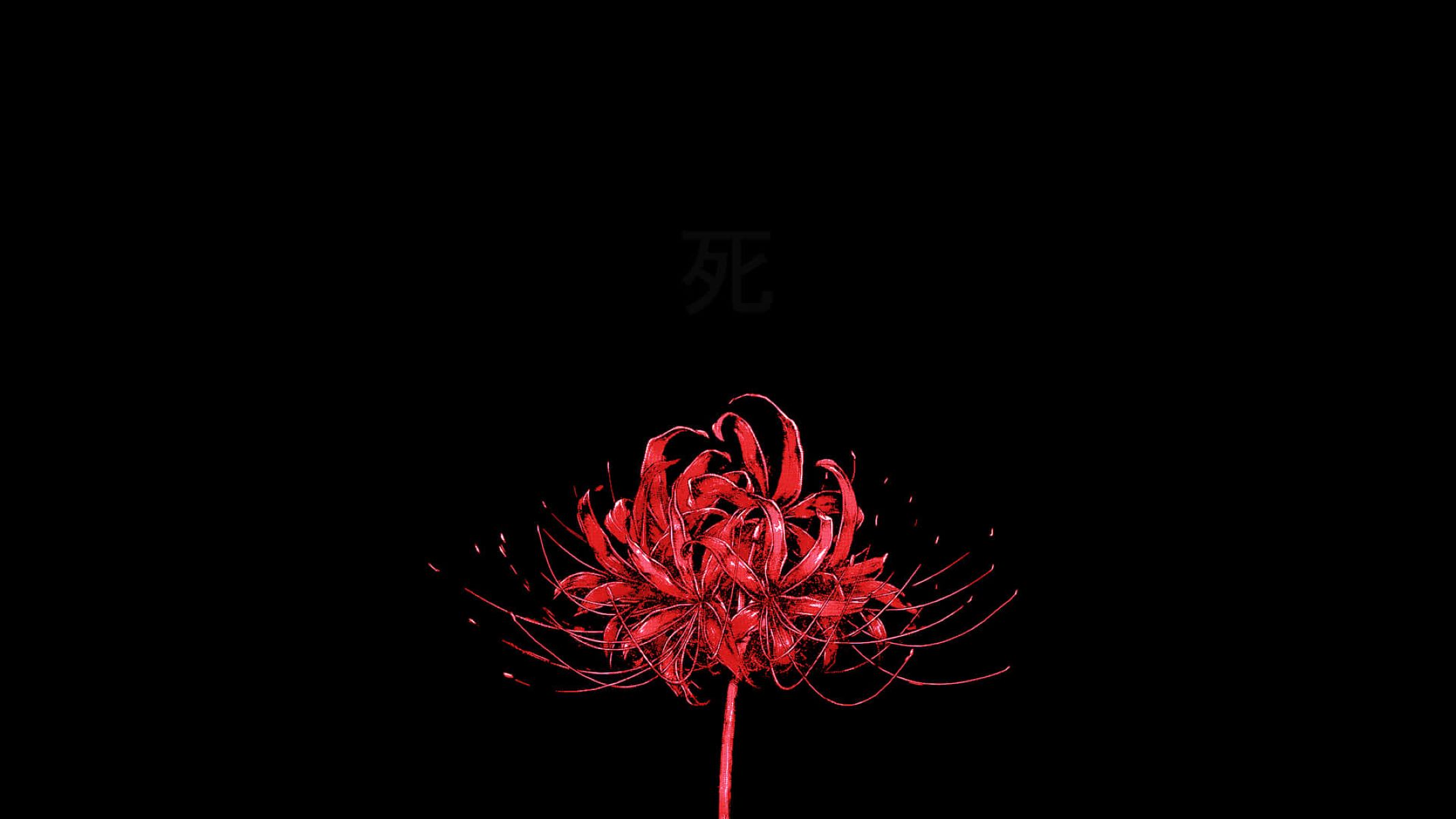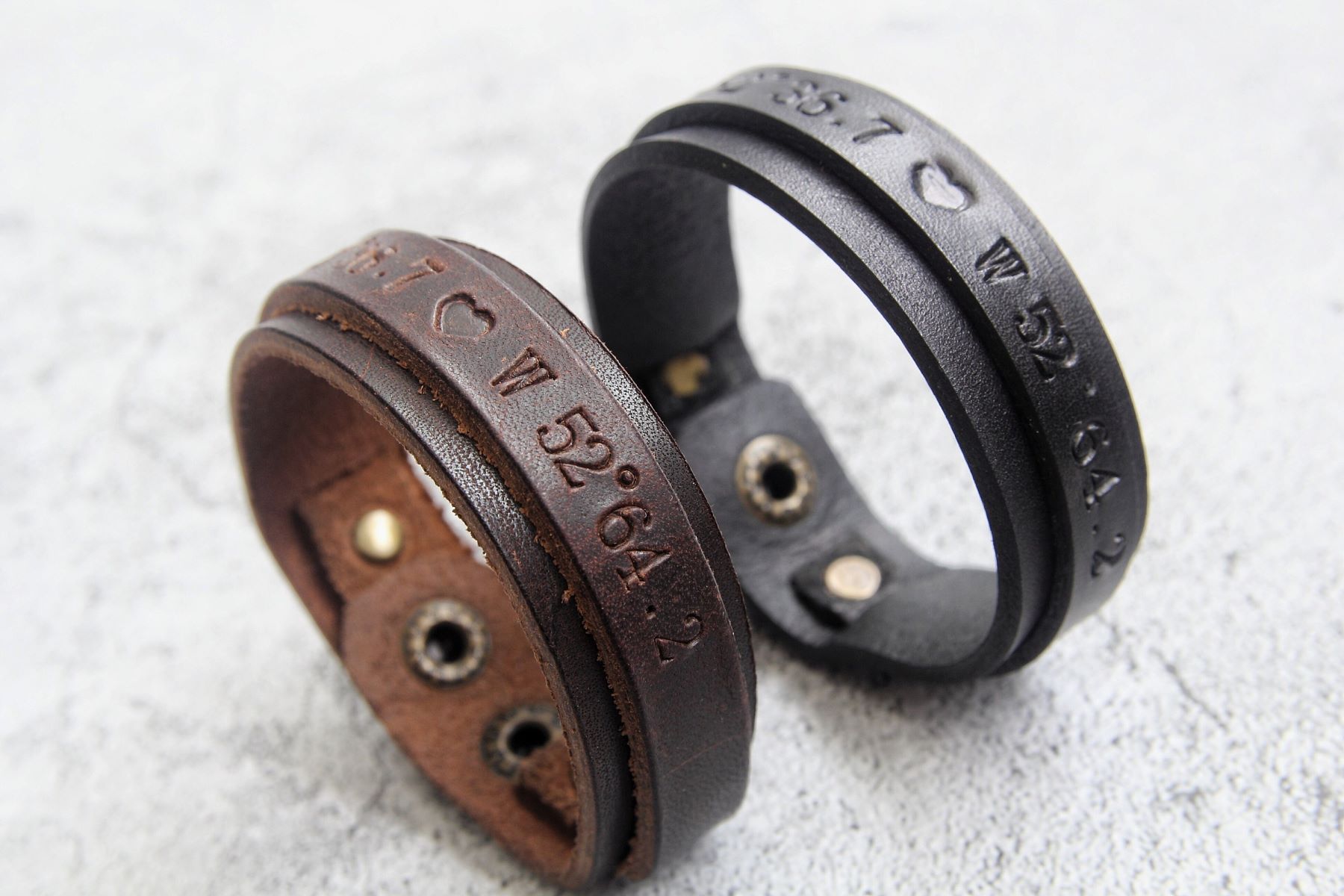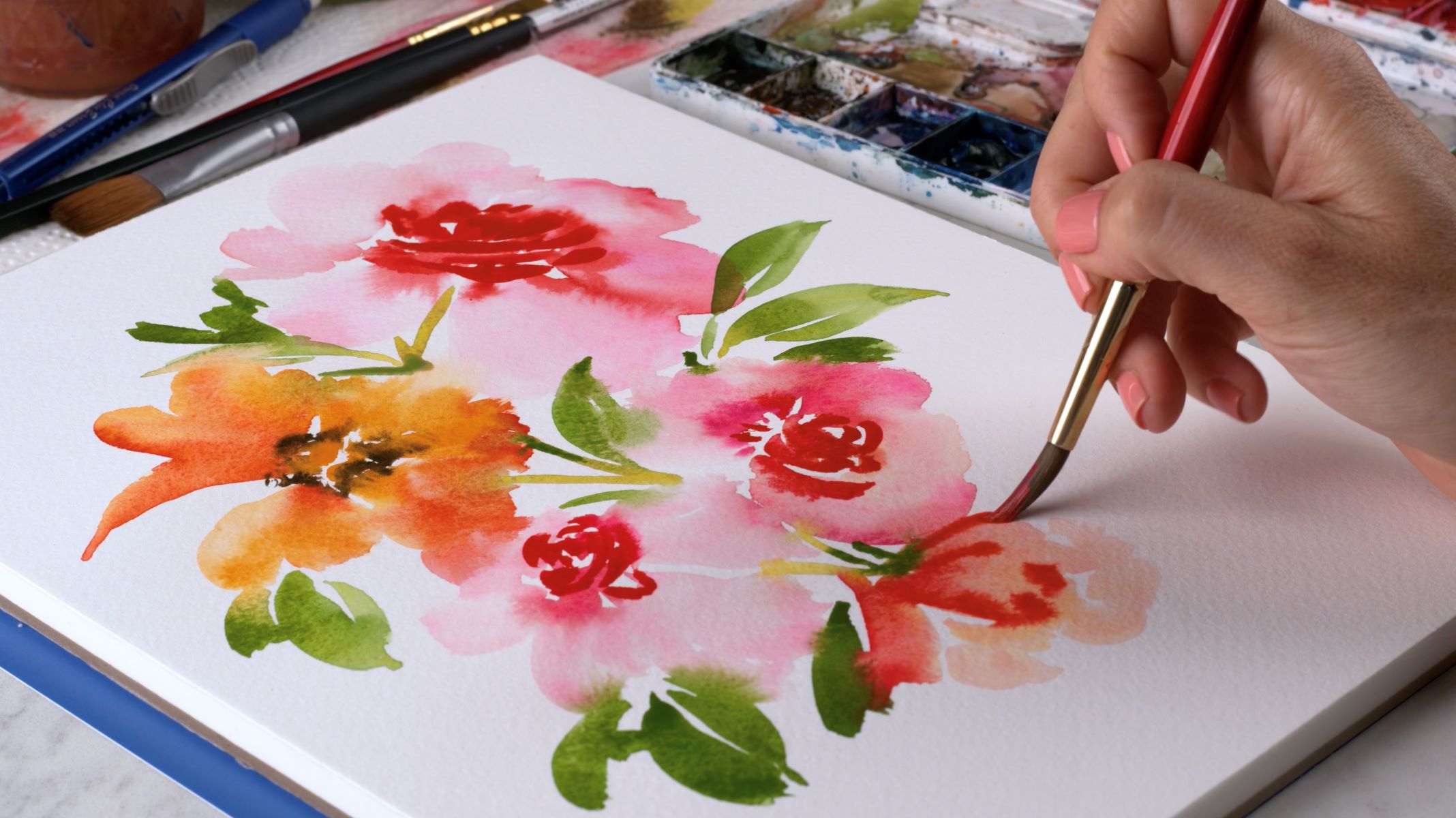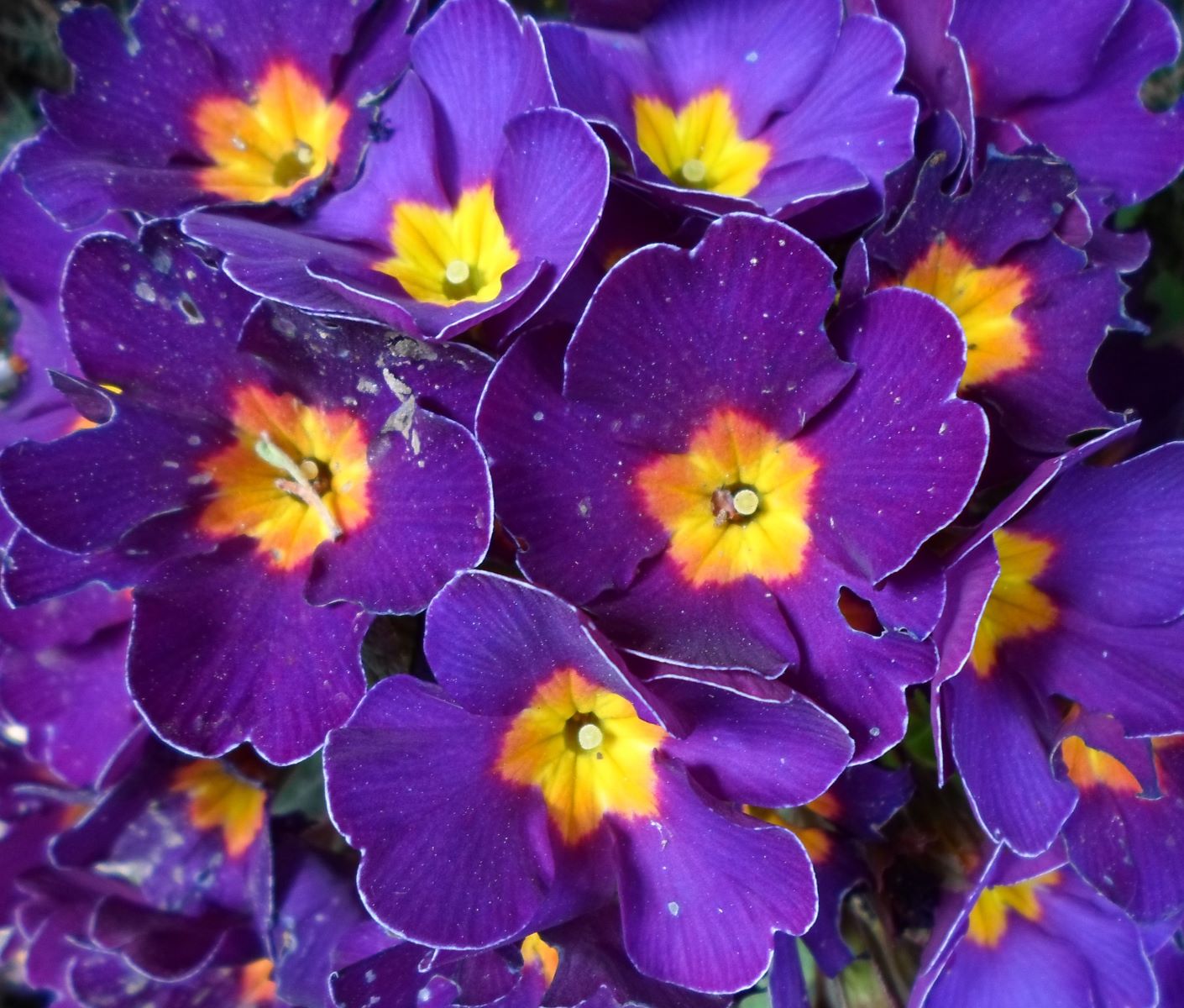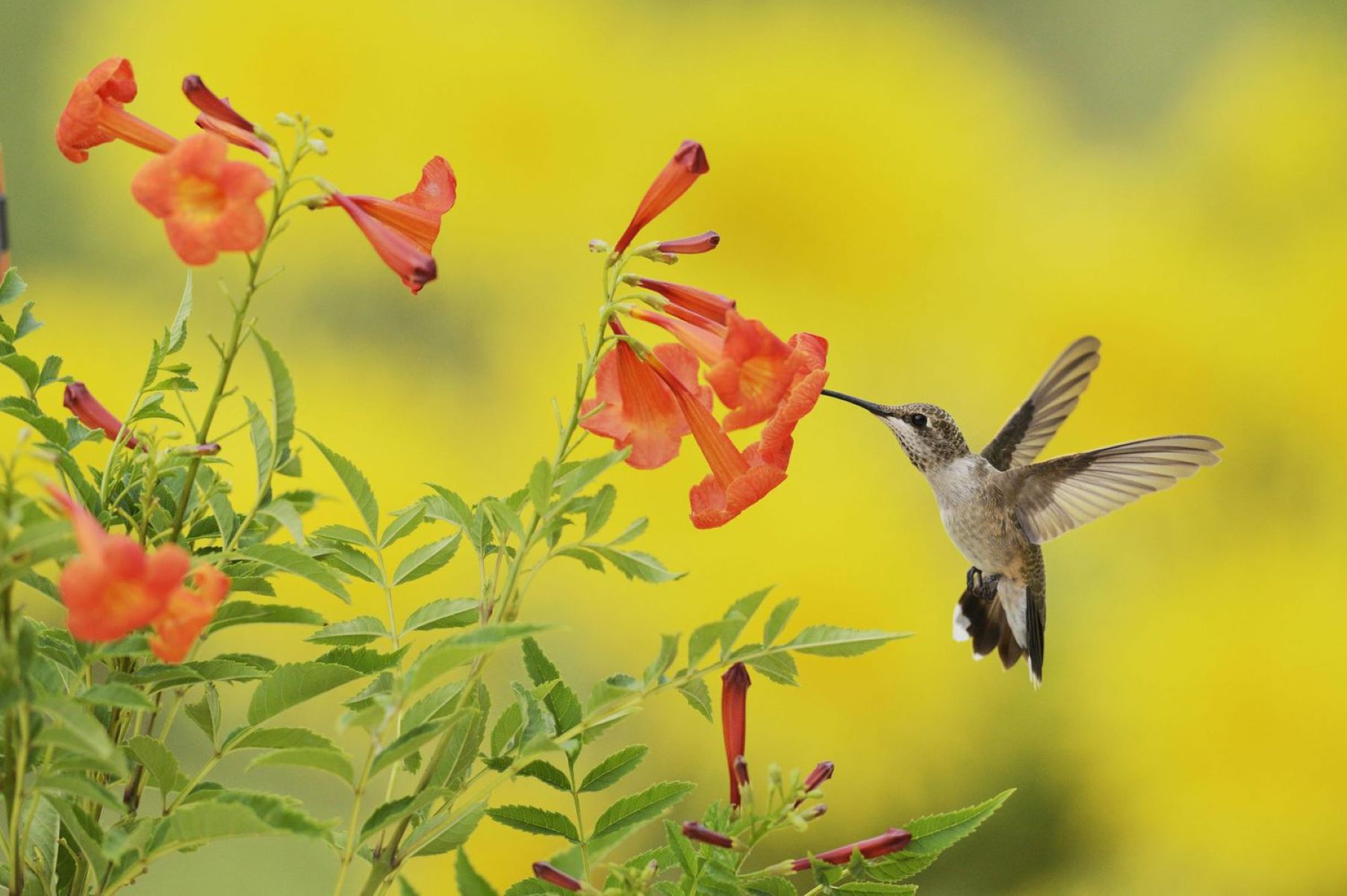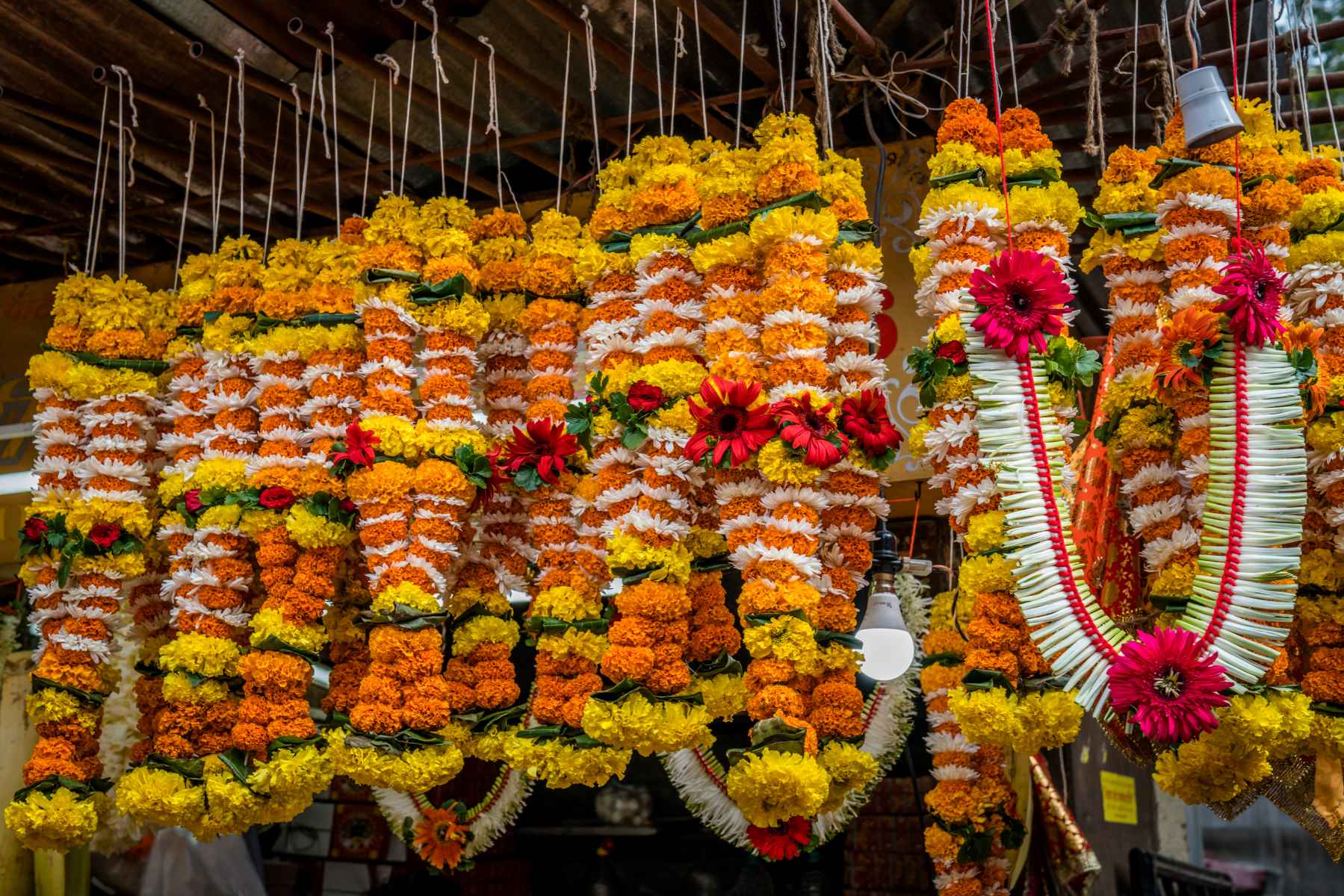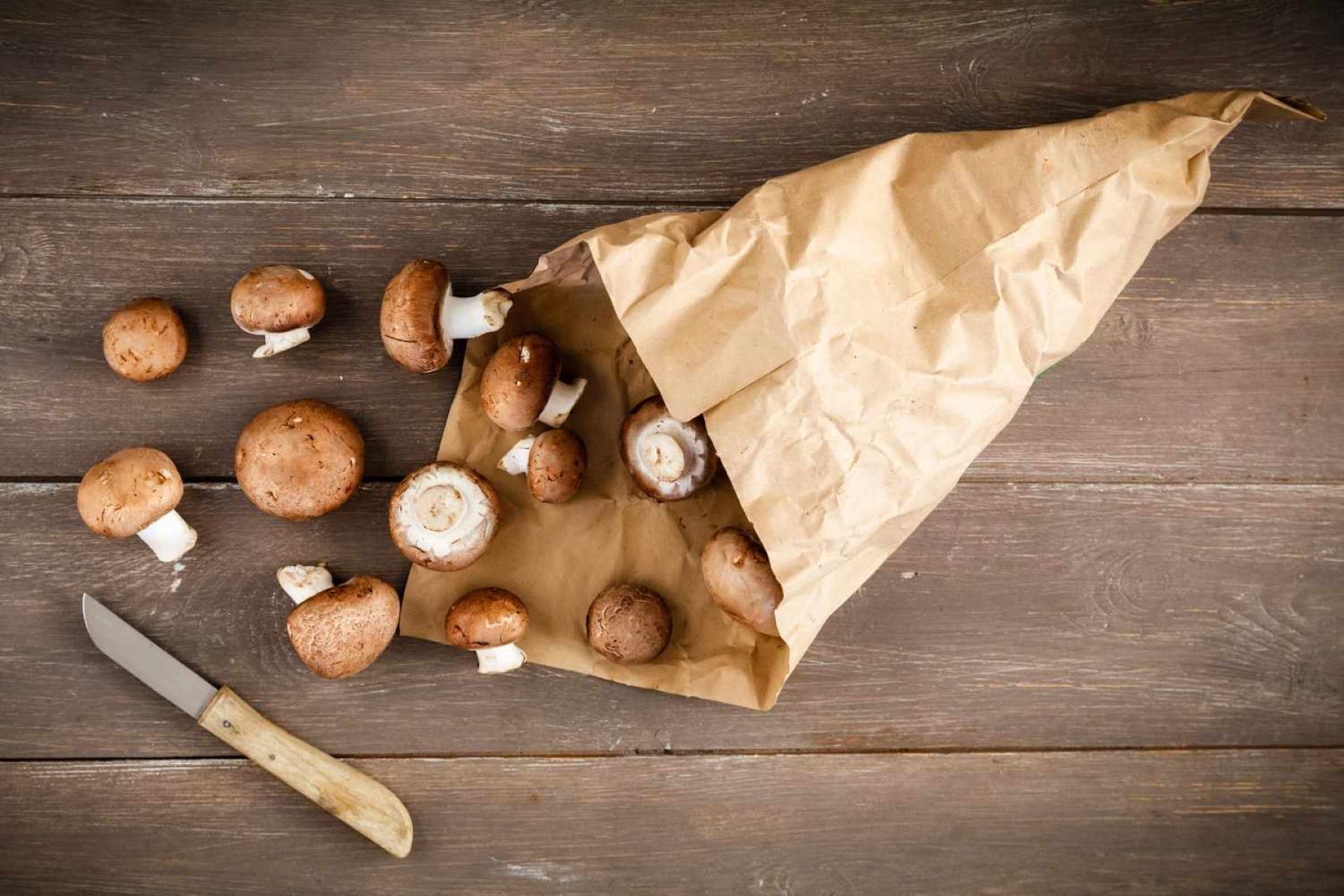Home>Home and Garden>How To Preserve Wedding Flowers
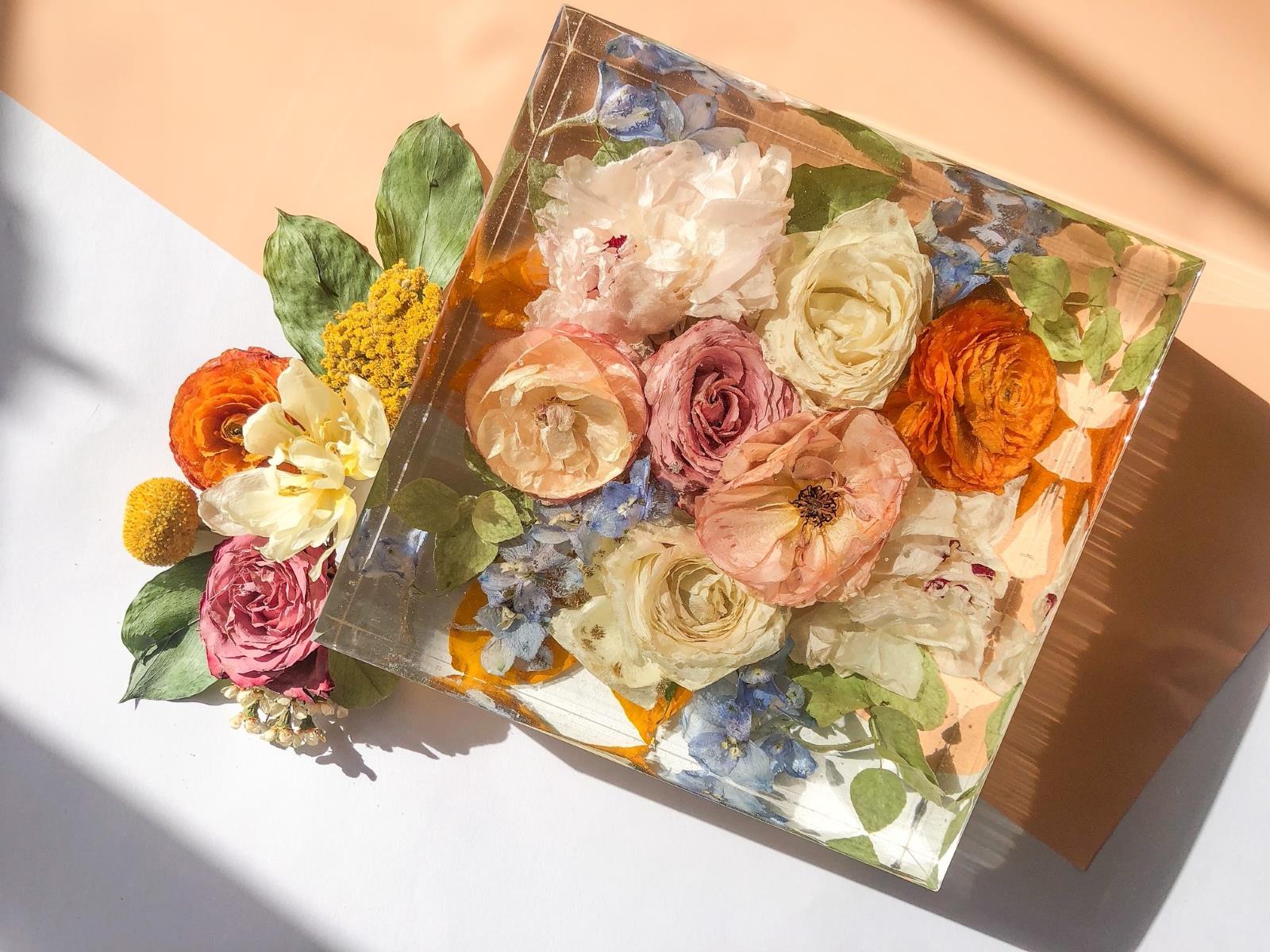

Home and Garden
How To Preserve Wedding Flowers
Published: February 29, 2024
Learn how to preserve wedding flowers at home with our expert tips and tricks. Discover the best methods for keeping your blooms fresh and beautiful long after the big day. Ideal for home and garden enthusiasts.
(Many of the links in this article redirect to a specific reviewed product. Your purchase of these products through affiliate links helps to generate commission for Regretless.com, at no extra cost. Learn more)
Table of Contents
Introduction
Preserving wedding flowers is a cherished way to hold onto the beauty and memories of your special day. Whether it's the bouquet you held as you walked down the aisle or the delicate petals that adorned the tables, these blooms hold sentimental value that deserves to be cherished for years to come. The process of preserving wedding flowers allows you to capture the essence of the day and create lasting mementos that can be displayed and admired long after the celebration has ended.
As you embark on the journey of preserving your wedding flowers, it's essential to understand the various methods available and the care required to ensure the best results. From traditional drying techniques to modern preservation methods, there are numerous ways to immortalize your wedding blooms. Each method offers its own unique benefits, allowing you to choose the approach that best suits your preferences and the type of flowers you wish to preserve.
In this comprehensive guide, we will explore the art of preserving wedding flowers, providing valuable insights into the selection of flowers, preparation for preservation, and the different preservation techniques available. Whether you're a DIY enthusiast or seeking professional assistance, this guide will equip you with the knowledge needed to embark on this meaningful endeavor. So, let's delve into the enchanting world of preserving wedding flowers and discover the techniques that will help you encapsulate the beauty and romance of your special day.
Read more: How To Paint Flowers
Choosing the Right Flowers
Selecting the right flowers for preservation is a crucial first step in ensuring successful results. When choosing the blooms from your wedding day to preserve, consider the characteristics of each flower and how well they lend themselves to preservation. Opt for flowers that hold up well during the drying process and retain their color and shape effectively. Roses, peonies, hydrangeas, and baby's breath are popular choices due to their durability and timeless appeal. These flowers are known for maintaining their form and color, making them ideal candidates for preservation.
It's essential to consider the sentimental value attached to each type of flower. Perhaps the blooms you carried down the aisle hold profound personal significance, or the centerpieces adorned with specific flowers hold special memories. Selecting flowers that hold sentimental value will add an extra layer of emotional significance to the preservation process.
Furthermore, take into account the size and structure of the flowers. Larger blooms such as roses and peonies are easier to work with and tend to retain their shape and color effectively. Delicate flowers like baby's breath and Queen Anne's lace also preserve well due to their intricate and airy nature. Consider the overall aesthetic you wish to achieve when selecting the flowers, as each bloom contributes to the visual impact of the preserved arrangement.
Additionally, consider the color of the flowers. Vibrant and richly colored blooms often retain their hues well during the preservation process, adding a captivating visual appeal to the final display. However, pastel and lighter-hued flowers can also evoke a sense of softness and elegance when preserved, creating a delicate and ethereal aesthetic.
In essence, the ideal flowers for preservation are those that hold personal significance, maintain their form and color effectively, and contribute to the desired visual impact of the preserved arrangement. By carefully selecting the right flowers, you can ensure that the preserved blooms encapsulate the beauty and sentiment of your wedding day, creating timeless keepsakes to be cherished for years to come.
Preparing the Flowers for Preservation
Before embarking on the preservation process, it is crucial to prepare the flowers meticulously to ensure optimal results. Proper preparation not only enhances the effectiveness of the preservation techniques but also helps maintain the natural beauty and integrity of the blooms. Here's a detailed guide on how to prepare your wedding flowers for preservation:
1. Timing is Key
The timing of flower preservation is paramount. Ideally, you should begin the preservation process as soon as possible after the wedding day. Freshness plays a significant role in the success of preservation, so aim to start the process within a day or two of the event. If immediate preservation is not feasible, consider placing the flowers in water and storing them in a cool, dark place until you can begin the preservation process.
2. Remove Excess Foliage
Before preserving the flowers, carefully remove any excess foliage from the stems. Trim away leaves and thorns, ensuring that only the blooms and a minimal amount of stem are retained. This step not only streamlines the preservation process but also allows the focus to remain on the flowers themselves, creating a more visually appealing end result.
3. Handle with Care
Gently handle the flowers to prevent damage to delicate petals and blooms. Avoid excessive handling, as this can lead to bruising and wilting. Treat the flowers with the utmost care and delicacy, preserving their natural beauty and form as much as possible.
4. Consider Conditioning
Conditioning the flowers before preservation can significantly enhance their longevity and appearance. To condition the blooms, place the stems in water and allow them to hydrate for a few hours. This step revitalizes the flowers, ensuring that they are in optimal condition for the preservation process.
5. Inspect for Imperfections
Thoroughly inspect each flower for imperfections, such as blemishes, tears, or wilting. Discard any flowers that show signs of significant damage, as these imperfections can detract from the overall beauty of the preserved arrangement. Select only the finest, most pristine blooms for preservation, ensuring a stunning end result.
By meticulously preparing your wedding flowers for preservation, you set the stage for a successful and visually captivating outcome. These careful steps not only contribute to the effectiveness of the preservation process but also honor the natural beauty and significance of the blooms, allowing you to create timeless mementos that encapsulate the romance and splendor of your special day.
Drying Methods
Preserving wedding flowers through drying methods is a time-honored technique that allows you to retain the natural beauty and form of the blooms. This traditional approach to flower preservation is ideal for flowers with sturdy petals and robust structures, such as roses, peonies, and hydrangeas. Drying methods offer a simple yet effective way to create charming keepsakes that capture the essence of your wedding day.
Air Drying
Air drying is one of the most popular and straightforward methods for preserving wedding flowers. To begin, gather the flowers into small bunches, securing the stems with twine or rubber bands. Hang the bunches upside down in a warm, dark, and well-ventilated area. This allows the flowers to dry gradually while maintaining their shape and color. It's essential to ensure that the flowers are not exposed to direct sunlight, as this can cause them to fade.
As the flowers dry, they will gradually take on a slightly desiccated appearance, with the petals retaining their shape and color. The air drying process typically takes several weeks, depending on the type of flowers and environmental conditions. Once the flowers are fully dried, carefully remove them from the hanging position and inspect them for any remaining moisture.
Using Desiccants
Another effective drying method involves using desiccants, such as silica gel or sand, to expedite the drying process and preserve the flowers' natural form. Silica gel, in particular, is renowned for its ability to absorb moisture rapidly while maintaining the flowers' shape and color. To use this method, place a layer of desiccant at the bottom of an airtight container, ensuring that it forms a bed for the flowers.
Gently lay the flowers on top of the desiccant, taking care to arrange them in a natural and aesthetically pleasing manner. Once the flowers are in place, carefully cover them with additional desiccant, ensuring that they are fully surrounded. Seal the container and allow the flowers to remain undisturbed for several days to a week, depending on the type of flowers and the desired level of dryness.
After the drying period, carefully remove the flowers from the desiccant, gently brushing away any excess particles. The result is beautifully preserved flowers that retain their shape, color, and delicate details, ready to be displayed and admired for years to come.
The Timeless Appeal of Drying Methods
Drying methods offer a timeless and charming approach to preserving wedding flowers, allowing you to capture the natural elegance and allure of the blooms. Whether you opt for air drying or utilize desiccants, these methods provide a simple yet effective way to create enduring mementos that encapsulate the romance and beauty of your wedding day. By embracing the art of drying methods, you can transform your cherished wedding flowers into captivating keepsakes that evoke cherished memories and celebrate the enduring love that blossomed on your special day.
Using Silica Gel
Using silica gel for preserving wedding flowers offers a modern and efficient method that allows you to retain the natural beauty and delicate details of the blooms. Silica gel, a highly absorbent substance, is renowned for its ability to extract moisture from flowers while maintaining their shape and color, making it an ideal choice for preserving a wide variety of blooms.
To begin the preservation process using silica gel, start by selecting a container that is spacious enough to accommodate the flowers without overcrowding. Ensure that the container has an airtight seal to create an environment conducive to the drying process. Additionally, prepare a sufficient quantity of silica gel to create a generous layer at the bottom of the container, providing a stable and moisture-absorbing base for the flowers.
Once the container and silica gel are ready, carefully trim the stems of the flowers to the desired length, allowing for a graceful and balanced arrangement within the container. Gently place a layer of silica gel at the bottom of the container, ensuring that it forms a stable and even bed for the flowers. Arrange the flowers on top of the silica gel, taking care to position them in a natural and aesthetically pleasing manner.
After the flowers are in place, carefully cover them with additional silica gel, ensuring that they are fully surrounded by the desiccant. The goal is to create an environment where the flowers are gently cradled by the silica gel, allowing for efficient moisture extraction while preserving their delicate form and color. Once the flowers are fully covered, seal the container tightly to create a controlled and moisture-free environment for the drying process.
Allow the flowers to remain undisturbed in the sealed container for several days to a week, depending on the type of flowers and the desired level of dryness. During this time, the silica gel will gradually extract moisture from the flowers, preserving their natural beauty and intricate details. The result is exquisitely preserved flowers that retain their shape, color, and delicate features, ready to be displayed and admired as timeless mementos of your special day.
After the designated drying period, carefully remove the flowers from the silica gel, gently brushing away any excess particles. The preserved flowers will showcase their original beauty, capturing the essence of the blooms at the peak of their elegance. Whether displayed in a shadow box, framed, or incorporated into a decorative arrangement, the flowers preserved with silica gel will serve as enduring reminders of the love and joy that blossomed on your wedding day.
Using silica gel for preserving wedding flowers offers a modern and efficient method that allows you to retain the natural beauty and delicate details of the blooms. Silica gel, a highly absorbent substance, is renowned for its ability to extract moisture from flowers while maintaining their shape and color, making it an ideal choice for preserving a wide variety of blooms.
To begin the preservation process using silica gel, start by selecting a container that is spacious enough to accommodate the flowers without overcrowding. Ensure that the container has an airtight seal to create an environment conducive to the drying process. Additionally, prepare a sufficient quantity of silica gel to create a generous layer at the bottom of the container, providing a stable and moisture-absorbing base for the flowers.
Once the container and silica gel are ready, carefully trim the stems of the flowers to the desired length, allowing for a graceful and balanced arrangement within the container. Gently place a layer of silica gel at the bottom of the container, ensuring that it forms a stable and even bed for the flowers. Arrange the flowers on top of the silica gel, taking care to position them in a natural and aesthetically pleasing manner.
After the flowers are in place, carefully cover them with additional silica gel, ensuring that they are fully surrounded by the desiccant. The goal is to create an environment where the flowers are gently cradled by the silica gel, allowing for efficient moisture extraction while preserving their delicate form and color. Once the flowers are fully covered, seal the container tightly to create a controlled and moisture-free environment for the drying process.
Allow the flowers to remain undisturbed in the sealed container for several days to a week, depending on the type of flowers and the desired level of dryness. During this time, the silica gel will gradually extract moisture from the flowers, preserving their natural beauty and intricate details. The result is exquisitely preserved flowers that retain their shape, color, and delicate features, ready to be displayed and admired as timeless mementos of your special day.
After the designated drying period, carefully remove the flowers from the silica gel, gently brushing away any excess particles. The preserved flowers will showcase their original beauty, capturing the essence of the blooms at the peak of their elegance. Whether displayed in a shadow box, framed, or incorporated into a decorative arrangement, the flowers preserved with silica gel will serve as enduring reminders of the love and joy that blossomed on your wedding day.
Pressing Flowers
Pressing flowers is a timeless and delicate method of preserving wedding blooms that captures the ethereal beauty and intricate details of the petals. This technique holds a special allure, allowing you to create enchanting keepsakes that evoke the romance and elegance of your wedding day. The process of pressing flowers involves carefully flattening and drying the blooms to create captivating displays that retain their natural charm and allure.
To begin the process of pressing flowers, select blooms that are at their peak freshness and vibrancy. Delicate flowers such as daisies, pansies, and larkspur are well-suited for pressing, as their intricate petals lend themselves beautifully to this preservation method. Once you have chosen the flowers, carefully remove any excess foliage and trim the stems to the desired length, ensuring that they are neat and uniform.
Next, prepare a flower press or a heavy book to facilitate the pressing process. Place a sheet of absorbent paper, such as parchment or blotting paper, inside the press or book to create a moisture-absorbing layer. Arrange the flowers on the paper, ensuring that they are spaced apart and do not overlap. Take care to position the petals and blooms in a visually appealing manner, as they will retain their arrangement once pressed.
Once the flowers are arranged, carefully place another sheet of absorbent paper on top of them, creating a protective layer that will absorb excess moisture during the pressing process. Close the press or book gently, ensuring that the flowers are evenly and firmly pressed between the layers of absorbent paper. If using a book, place additional weight on top to facilitate the pressing process.
Allow the flowers to remain undisturbed in the press or book for several weeks, providing ample time for them to dry and flatten effectively. The duration may vary depending on the type of flowers and environmental conditions. Throughout this period, check the flowers periodically to ensure that they are drying uniformly and are free from mold or moisture.
After the designated pressing period, carefully open the press or book to reveal the beautifully pressed flowers. Gently lift the blooms from the absorbent paper, taking care to handle them delicately to avoid damage. The result is exquisitely preserved flowers that showcase their natural form and delicate details, ready to be incorporated into decorative arrangements or displayed as captivating mementos.
Pressing flowers offers a charming and artistic approach to preserving wedding blooms, allowing you to create enduring keepsakes that capture the timeless elegance and allure of the petals. Whether framed, incorporated into handmade cards, or arranged in decorative displays, the pressed flowers serve as enchanting reminders of the love and joy that blossomed on your wedding day.
Sealing and Displaying the Preserved Flowers
Once the preservation process is complete, the next crucial step is to seal and display the preserved flowers, ensuring that they are showcased in a manner that accentuates their natural beauty and sentimental significance. The careful sealing and display of the preserved blooms not only protect them from environmental elements but also allow you to create captivating arrangements that serve as enduring mementos of your special day.
Sealing the Preserved Flowers
To ensure the longevity and protection of the preserved flowers, consider sealing them with a clear, non-yellowing sealant. This step helps safeguard the delicate petals and blooms from dust, moisture, and potential damage, preserving their pristine appearance for years to come. When selecting a sealant, opt for a product specifically designed for preserving flowers, as it will offer the necessary protection without compromising the natural beauty of the blooms.
Carefully apply the sealant to the preserved flowers, ensuring that it coats the petals and stems evenly. Take care to follow the manufacturer's instructions regarding application and drying times, as this will help achieve optimal results. Once sealed, the flowers will maintain their vibrant colors and delicate details, creating a visually stunning display that captures the essence of the original blooms.
Displaying the Preserved Flowers
The display of the preserved flowers is a pivotal aspect of their preservation, allowing you to showcase them in a manner that honors their beauty and sentimental significance. Consider various display options, such as framing individual blooms or creating decorative arrangements that highlight the unique characteristics of each flower.
Framing the preserved flowers offers a timeless and elegant display option, allowing you to create captivating wall art that serves as a focal point in your home. Choose high-quality frames that complement the aesthetic of the preserved blooms, ensuring that they are protected from dust and environmental elements while being showcased as exquisite works of art.
Alternatively, consider incorporating the preserved flowers into decorative arrangements, such as shadow boxes or glass domes. These displays provide a three-dimensional showcase for the blooms, allowing their natural form and delicate details to be admired from various angles. Arrange the preserved flowers thoughtfully, creating visually captivating compositions that evoke the romance and beauty of your wedding day.
By thoughtfully sealing and displaying the preserved flowers, you can create enduring mementos that celebrate the love and joy of your wedding day. Whether showcased as individual blooms or incorporated into decorative arrangements, the preserved flowers serve as timeless reminders of the cherished moments and sentiments that continue to bloom in your heart.
